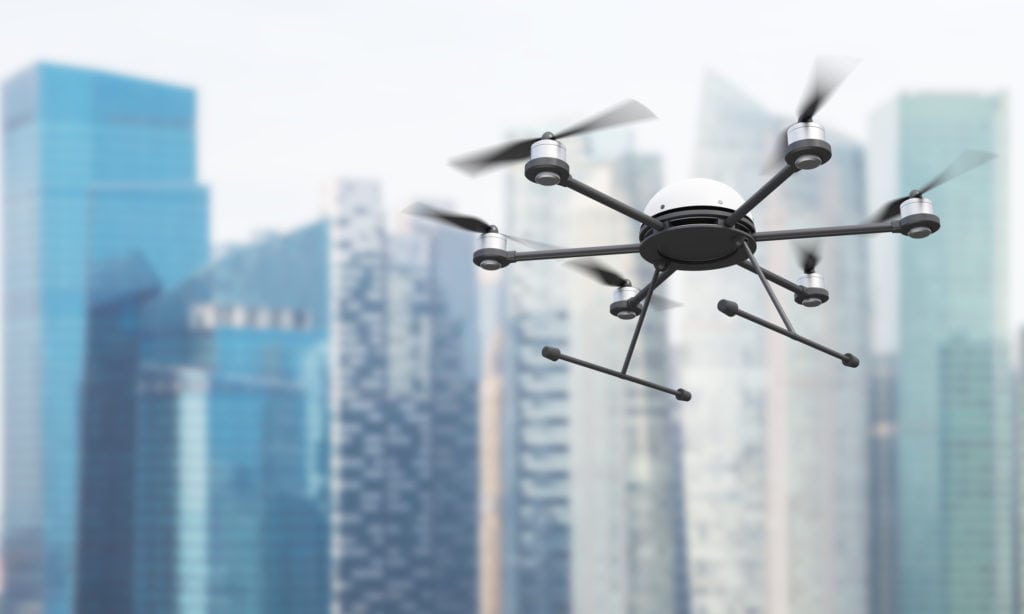
The Newspaper Association of America (NAA) took an active role in encouraging Members of Congress to consider a micro-UAS classification during their reauthorization of the Federal Aviation Administration (FAA). Newspapers and other media are very interested in using micro-UAS (drones under 4.4 pounds) for photography and video during newsgathering operations in local communities. Although the FAA referenced a micro-classification in its 2015 notice of proposed rules, the agency has not yet issued its rules. If this classification is made by Congress, our members would be more quickly permitted to use micro-drones for newsgathering operations.
On February 8, 2016, NAA joined the National Press Photographers Association (NPPA) and the Radio Television Digital News Association (RTDNA) in a letter to the House Transportation & Infrastructure Committee Chairman Bill Shuster and Ranking Member Peter DeFazio, encouraging the inclusion of a micro-UAS classification in the AIRR Act (H.R. 4441).
During the mark-up of the AIRR Act on February 11, Rep. Rodney Davis (R-IL) offered an amendment that would establish a micro-UAS classification of unmanned aircraft systems weighing up to 4.4 pounds. The amendment would exempt micro UAS operators from: (1) aeronautical knowledge tests; (2) age limits; and (3) airworthiness certifications. This provision would allow for innovation and technological advancement in newsgathering without expensive and unnecessary license requirements currently contained in the FAA’s exemption process. The amendment was approved by a voice vote and the AIRR Act passed out of the Transportation and Infrastructure Committee.
Recent reports have indicated that the AIRR Act – if passed – would deregulate the use of micro-UAS; this is not the case. Micro-UAS operators will likely have to register their UAS with the FAA and will have to adhere to operating requirements. Specifically, the micro-UAS would have to operate at:
- Less than 400 feet above ground level
- At an airspeed of no greater than 40 knots
- Within the visual line of sight of the operator
- During daylight hours
- At least 5 miles from an airport, unless the operator provides prior notice to the airport operator and receives prior approval from the air traffic control facility at the airport
We appreciate the leadership of Rep. Davis for sponsoring the amendment and applauds all Members of the House Transportation and Infrastructure Committee for voting to include it in the AIRR Act.
We will support this provision as the AIRR Act goes to the floor of the House of Representatives and will push for its adoption in the Senate’s version of FAA Reauthorization legislation.
For more information, please contact Kristina Zaumseil.
